When Gold Beckons: Why the Glitter Still Holds Allure
Ah, gold— the shimmering asset that’s been captivating investors since the dawn of civilization. In today’s whirlwind of market volatility and economic uncertainty, gold ETFs and mutual funds have emerged as the modern-day treasure chests, offering both stability and growth. But which ones truly deserve a spot in your portfolio for the long haul? Let’s dive in.
Digging Deeper: What Makes Gold ETFs and Mutual Funds Tick?
Gold ETFs (Exchange-Traded Funds) and mutual funds provide exposure to gold without the hassle of storing physical bars or coins. They bundle assets like gold bullion, futures, or mining stocks, offering diversification and liquidity. Investing through these funds means you can tap into gold’s traditional hedge against inflation while benefiting from professional management. If you want a comprehensive blueprint on how to build a portfolio with gold ETFs and mutual funds, check out this detailed guide.
Is There a Perfect Gold Fund, or Are We Chasing Fool’s Gold?
Here’s the million-dollar question: With so many gold ETFs and mutual funds out there, how do you pick the winners? The trick lies in understanding your investment goals—do you seek steady growth, aggressive gains, or a safety net against inflation? Funds like the SPDR Gold Shares (GLD) offer pure gold exposure, while mutual funds like the Vanguard Precious Metals and Mining Fund mix mining stocks with bullion for diversified growth. Don’t overlook the expense ratios and fund management history—they can make or break your returns over time.
Gold’s Golden Rules: Expert Insights and Market Wisdom
Seasoned investors swear by gold’s resilience during economic downturns, but it’s no magic bullet. A recent analysis by Investopedia highlights the importance of pairing gold ETFs with a diversified portfolio to maximize benefits. Remember, gold prices respond to global demand trends, central bank purchases, and geopolitical tensions. For a deep dive into these forces shaping gold’s future, explore this insightful article.
Ready to Stake Your Claim in the Gold Rush?
If you’re pondering how to start or optimize your gold investments, why not share your thoughts or questions? Join the conversation and discover more about the best gold ETFs and mutual funds to buy for long-term growth. Your portfolio might just thank you with a golden glow.
Beyond the Basics: Advanced Strategies for Gold ETFs and Mutual Funds
For investors who’ve grasped the fundamentals of gold ETFs and mutual funds, the next step involves refining strategies to optimize returns while managing risk. Understanding the nuances of fund composition—whether they lean heavily on physical bullion, futures contracts, or mining equities—can significantly impact performance, especially amid shifting market dynamics. Strategic rebalancing aligned with economic cycles can help capture growth while preserving capital during downturns.
How Can Investors Leverage Gold’s Unique Market Behavior to Enhance Portfolio Resilience?
Gold’s role as a non-correlated asset makes it invaluable for portfolio diversification. By examining historical price movements and volatility patterns, savvy investors can time their allocations to gold ETFs and mutual funds to hedge against equity market swings and inflationary pressures. Incorporating tactical exposure, such as increasing positions during geopolitical tensions or inflation spikes, can bolster portfolio resilience. This dynamic approach contrasts with static allocation strategies and requires continuous market analysis and discipline.
Moreover, investors should consider combining gold ETFs with other precious metal funds or mining stocks to capitalize on sector-specific momentum. While bullion-backed ETFs provide stability, mining stocks often offer leveraged returns tied to operational efficiencies and commodity price swings. For those interested in constructing a balanced portfolio that integrates these elements, this comprehensive guide offers actionable insights.
Dissecting Market Catalysts: What Drives Gold Fund Performance Today?
Gold fund returns are influenced by a blend of macroeconomic factors and market psychology. Central bank policies, particularly quantitative easing and interest rate adjustments, remain dominant drivers. When real yields dip below zero, gold typically shines as a preferred store of value. Additionally, currency fluctuations, especially the US dollar’s strength or weakness, create ripple effects across global gold pricing.
Geopolitical tensions and unexpected crises often trigger spikes in gold demand, as investors seek safe havens. The recent surge in central bank gold purchases, documented by the World Gold Council, exemplifies this trend and underscores the metal’s enduring appeal amid global uncertainty (World Gold Council, 2024).
Monitoring these catalysts allows investors to anticipate fund performance shifts and adjust their gold exposure proactively. For a detailed exploration of how global events impact gold prices and fund dynamics, visit our analysis on market influences.
Practical Tips: Navigating Fees and Liquidity in Gold ETFs and Mutual Funds
While gold ETFs and mutual funds simplify investing, fees and liquidity are critical considerations that can erode returns if overlooked. Expense ratios vary widely; funds with lower fees often outperform over long horizons. Additionally, liquidity impacts the ease and cost of trading. ETFs typically offer intraday trading flexibility, whereas mutual funds may only trade at end-of-day NAVs, affecting responsiveness to market shifts.
Investors should also scrutinize the fund’s tracking error relative to gold prices. High tracking errors may signal inefficiencies that reduce expected gains. By carefully selecting funds with transparent holdings, robust management, and favorable fee structures, investors can enhance their gold investment outcomes.
Engage and Expand: Join the Gold Investment Discourse
What strategies have you found effective in balancing gold ETFs and mutual funds within your portfolio? Share your experiences or questions below to enrich our community’s collective wisdom. Also, consider exploring our top gold ETFs for sustained growth to stay ahead in your investment journey.
Decoding the Complex Dynamics Behind Gold Fund Performance: An Expert’s Perspective
Unlocking the true potential of gold ETFs and mutual funds requires more than just recognizing their hedging properties. It demands a nuanced understanding of the multifaceted catalysts that drive their performance in today’s intricate financial ecosystem. Central bank policies remain pivotal; when real interest rates fall below zero, gold’s allure intensifies as a non-yielding asset becomes comparatively more attractive. For instance, the Federal Reserve’s recent dovish stance has historically correlated with gold price uplifts, reinforcing the metal’s status as a refuge amid diminishing bond yields.
Yet, it’s not only monetary policy that steers the golden ship. Currency dynamics, especially fluctuations of the US dollar index, play a critical role. A weaker dollar typically lifts gold prices, benefiting gold funds, while a robust greenback can suppress them. Investors must also monitor geopolitical flashpoints and macroeconomic shocks—events that frequently trigger sudden surges in safe-haven demand. The World Gold Council’s 2024 report on central bank gold reserves highlights a persistent trend of increasing official sector buying, underscoring global confidence in gold as a strategic reserve asset (World Gold Council, 2024).
How Can Sophisticated Investors Anticipate and Capitalize on Gold Price Volatility Amid Geopolitical and Economic Shifts?
To proactively harness gold’s volatility, investors should integrate advanced scenario analyses and stress-testing frameworks within their portfolio management systems. Tracking indicators such as the US Treasury yield curve inversion, inflation expectations (breakeven inflation rates), and geopolitical risk indices can offer predictive insights. For example, during heightened geopolitical tensions, tactical overweighting in bullion-backed ETFs can shield portfolios from equity market drawdowns. Conversely, mining equity exposures may be selectively increased during commodity price upcycles to capture amplified gains.
Dynamic allocation models that incorporate real-time macroeconomic data feeds and sentiment analysis tools help investors adjust positions with agility, mitigating downside risks while seizing upside momentum. This approach contrasts starkly with static gold allocations, demanding continuous vigilance and expertise.
Strategic Fee Management and Liquidity Optimization: Navigating the Hidden Costs of Gold Fund Investment
Even seasoned investors can overlook the subtle yet impactful effects of fees and liquidity constraints on net returns from gold funds. Expense ratios may seem marginal, but over extended investment horizons, they compound significantly, eroding gains. For example, a fund charging a 0.75% expense ratio compared to one charging 0.25% can mean a substantial difference in cumulative wealth after a decade of compounded returns.
Liquidity considerations are equally crucial. Gold ETFs typically offer intraday liquidity, enabling tactical entry and exit aligned with market movements. Mutual funds, however, often restrict transactions to end-of-day NAV pricing, limiting responsiveness during volatile periods. Furthermore, tracking error—the divergence between a fund’s performance and the actual gold price—can indicate inefficiency or structural issues within the fund’s management.
Investors should prioritize funds with transparent holdings, low tracking errors, and reputable management teams known for disciplined rebalancing strategies. Employing limit orders rather than market orders when trading ETFs can also reduce execution costs and slippage.
Harnessing Data-Driven Insights: Where to Source Authoritative Gold Market Intelligence?
Access to high-quality, real-time data is paramount for informed decision-making in gold fund investment. Beyond traditional financial news outlets, industry-specific sources like the World Gold Council and London Bullion Market Association provide invaluable research, market statistics, and trend analyses. Subscription-based platforms offering granular futures market data and options analytics further empower investors to refine tactical strategies.
Engaging with expert webinars, white papers, and peer forums also enriches understanding of emerging risks and opportunities. Continuous education is a hallmark of successful gold investors navigating an ever-evolving marketplace.
Join the Vanguard of Gold Investment Excellence
Are you ready to elevate your gold investment acumen? Dive deeper into strategic portfolio integration, cutting-edge market analysis, and fee optimization techniques by subscribing to our premium content series. Share your nuanced questions or breakthrough strategies in the comments below—let’s cultivate a community where gold investment mastery thrives.
Capitalizing on Nuanced Market Signals: The Next Frontier in Gold Fund Investing
For the discerning investor, gold ETFs and mutual funds are more than just a hedge—they are a dynamic instrument that demands a sophisticated approach to fully harness their potential. Recognizing subtle market signals such as shifts in central bank stances, emerging inflationary trends, and evolving geopolitical hotspots can empower investors to tactically adjust their gold exposure. The key lies in integrating these macroeconomic indicators with fund-specific attributes like asset composition and liquidity profiles.
What Role Do Alternative Data and Sentiment Analysis Play in Anticipating Gold Fund Movements?
Emerging technologies have ushered in a new era for gold investors, where alternative data sources and sentiment analysis tools complement traditional fundamental analysis. By parsing social media trends, news sentiment, and even satellite data on mining operations, investors can gain real-time insights into market psychology and supply-side dynamics. For instance, spikes in geopolitical risk sentiment often precede demand surges in bullion-backed ETFs, while mining sector sentiment may foreshadow shifts in mining equity mutual funds.
These advanced analytics facilitate more granular tactical positioning, allowing investors to optimize entry and exit points beyond classical timing methods. For those eager to explore this frontier, our guide on mastering gold trading techniques offers a deep dive into leveraging data-driven strategies for navigating market volatility.
Gold’s Interplay with Sustainable Investing: Are ESG Criteria Reshaping Gold Fund Selection?
As environmental, social, and governance (ESG) considerations permeate investment decisions, gold funds are evolving to meet these demands. Investors increasingly seek funds with transparent ESG policies, particularly those focusing on responsible mining practices and carbon footprint reduction. This trend encourages fund managers to incorporate sustainability metrics into their portfolio construction, creating a new dimension of risk assessment and value creation.
The MSCI ESG Investing framework provides investors a robust toolset to evaluate the ESG credentials of gold mining equities within funds, enhancing due diligence beyond price and yield. Integrating ESG filters can also mitigate reputational risks and align gold investments with broader ethical values, a consideration increasingly relevant for long-term portfolio stewardship.
How Can Investors Balance Performance with ESG Objectives in Gold Mutual Funds?
While ESG integration adds complexity, it need not compromise returns. Strategic selection of funds that combine strong ESG compliance with operational excellence in mining or bullion management can deliver competitive performance. Active engagement with fund managers on ESG policies, combined with continuous monitoring of sustainability reports, enables investors to influence positive change while safeguarding capital.
For a comprehensive framework on constructing a gold portfolio that harmonizes growth, stability, and ESG principles, explore our detailed portfolio-building guide.
Expert Corner: Navigating Tax Implications and Regulatory Nuances in Gold Fund Investments
Beyond market dynamics, astute investors must account for the intricate tax treatments and regulatory frameworks governing gold ETFs and mutual funds. Depending on jurisdiction, gains from these investments may be taxed differently than traditional equities, with some countries treating physical gold-backed ETFs as collectibles subject to higher capital gains rates. Moreover, compliance with evolving regulations such as the EU’s MiFID II or the US SEC’s updates can impact fund liquidity and reporting transparency.
Consulting with tax advisors familiar with precious metal investments and staying abreast of regulatory changes is essential to optimize after-tax returns. The IRS guidance on precious metals IRAs exemplifies the complexity and importance of regulatory awareness for US investors.
What Strategies Can Investors Employ to Mitigate Tax Burdens While Maximizing Gold Fund Gains?
Tax-efficient strategies include utilizing tax-advantaged accounts such as IRAs or ISAs where available, timing disposals to benefit from favorable long-term capital gains rates, and strategically harvesting losses to offset gains. Additionally, selecting funds domiciled in tax-friendly jurisdictions or employing synthetic replication methods may reduce withholding taxes and enhance net returns.
For those looking to deepen their understanding of these strategies, our resources on gold IRA benefits provide actionable insights into optimizing gold investments within retirement frameworks.
Engage with the Gold Investment Vanguard: Share Your Advanced Strategies and Insights
We invite seasoned investors and market aficionados to join the discussion—what innovative approaches have you adopted in managing gold ETF and mutual fund portfolios amid today’s complex landscape? Your experiences with alternative data analytics, ESG integration, or tax optimization could illuminate pathways for others navigating similar challenges. Share your thoughts and questions below, and explore our curated collection of top gold ETFs for sustained growth to stay ahead in your investment journey.
Expert Insights & Advanced Considerations
Integrating Dynamic Allocation Models Enhances Gold Fund Performance
Rather than static portfolio allocations, employing dynamic allocation models that respond to real-time macroeconomic data and geopolitical signals allows investors to tactically adjust gold ETF and mutual fund positions. This agility helps mitigate downside risk during market turbulence while capitalizing on price upswings triggered by inflation spikes or central bank policy shifts.
Alternative Data and Sentiment Analysis Provide a Competitive Edge
Utilizing alternative data sources such as social media sentiment, mining operation satellite imagery, and geopolitical risk indices supplements traditional fundamental analysis. These insights can reveal early shifts in market psychology and supply-side factors, enabling more precise timing for entering or exiting bullion-backed ETFs and mining equity funds.
ESG Integration is Reshaping Gold Fund Selection and Risk Assessment
With sustainability becoming a central investment theme, assessing funds through ESG criteria—especially regarding responsible mining practices—adds a vital layer to due diligence. Investors balancing performance with ethical considerations benefit from funds that align with the MSCI ESG Investing framework, ensuring long-term stability and reputational risk mitigation.
Tax Efficiency and Regulatory Awareness Maximize After-Tax Returns
Gold fund investors must navigate complex tax regimes and evolving regulatory environments. Strategies such as utilizing tax-advantaged accounts, harvesting losses strategically, and selecting funds domiciled in favorable jurisdictions optimize net returns. Staying informed on regulations like the US SEC updates or EU MiFID II is crucial for maintaining liquidity and compliance.
Fee Scrutiny and Liquidity Management Are Crucial for Net Gains
Expense ratios, tracking errors, and liquidity constraints subtly but significantly impact cumulative returns. Prioritizing funds with low fees, minimal tracking discrepancies, and intraday liquidity options—typical of ETFs—enhances cost-efficiency and tactical flexibility during volatile markets.
Curated Expert Resources
World Gold Council: Offers authoritative research on global gold demand trends, central bank gold reserves, and sustainable investing practices, invaluable for deepening expertise (gold.org).
London Bullion Market Association (LBMA): Provides critical market statistics and standards for gold trading, essential for understanding market dynamics and regulatory frameworks (lbma.org.uk).
BuyingGoldNow.com Guides: Comprehensive and regularly updated guides such as how to build a portfolio with gold ETFs and mutual funds and advanced gold trading techniques offer actionable strategies tailored to evolving market conditions.
MSCI ESG Investing Framework: A robust toolset for evaluating environmental, social, and governance factors within gold mining equities, aiding investors in aligning portfolios with sustainability goals (msci.com).
IRS Guidance on Precious Metals IRAs: Essential resource for US investors to understand tax implications and regulatory compliance in gold retirement accounts (irs.gov).
Final Expert Perspective
Mastering gold ETFs and mutual funds today requires a holistic, sophisticated approach that transcends mere hedging. By integrating dynamic allocation strategies, leveraging alternative data analytics, and incorporating ESG considerations, investors can enhance portfolio resilience and ethical alignment. Vigilant fee management and regulatory awareness further safeguard returns, ensuring that gold remains not just a refuge, but a dynamic growth component. To deepen your strategic insight and stay current with market evolutions, explore our detailed guide on how to build a portfolio with gold ETFs and mutual funds and share your advanced perspectives below. Together, we can elevate gold investment mastery to new heights.


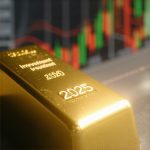
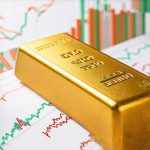


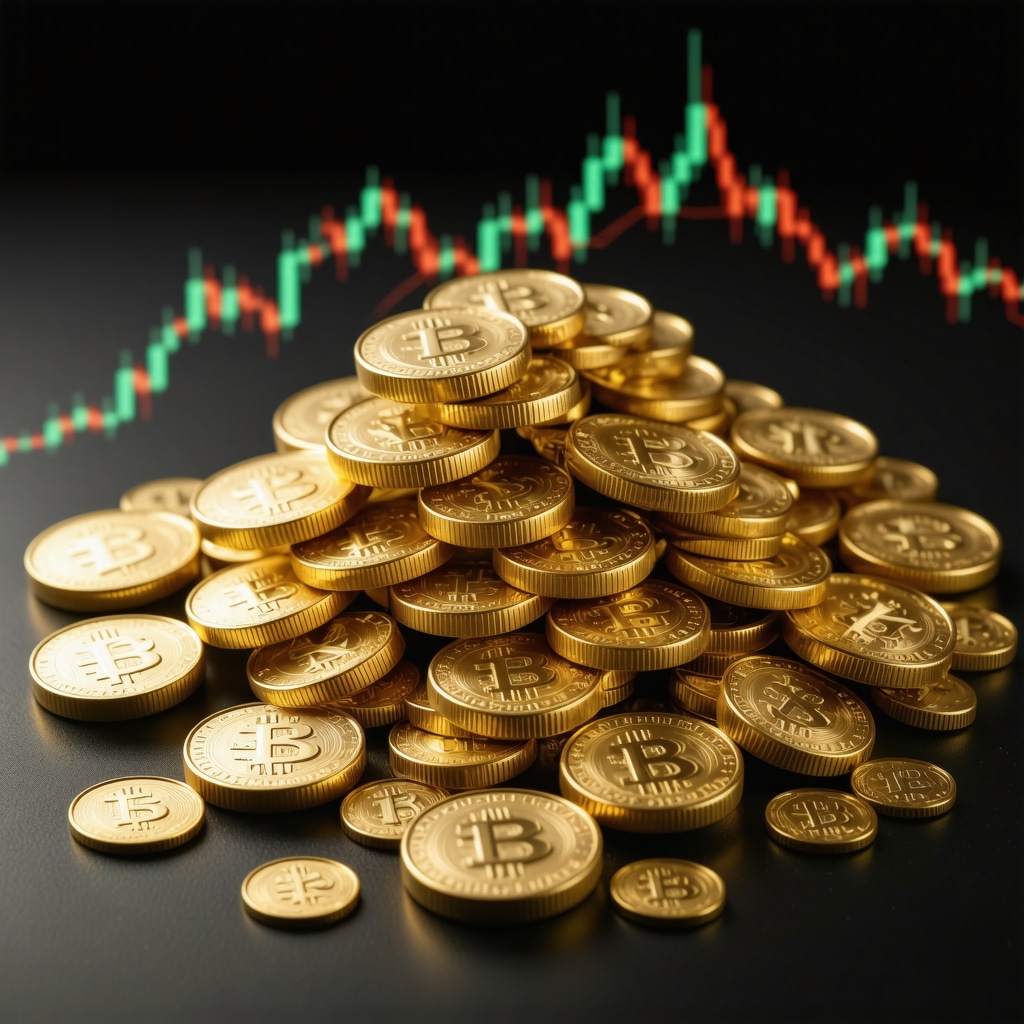
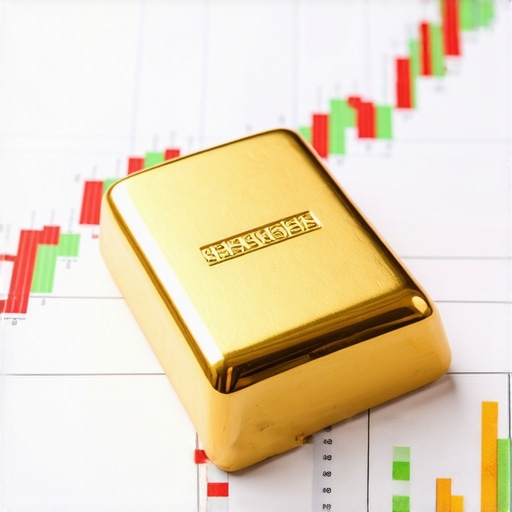
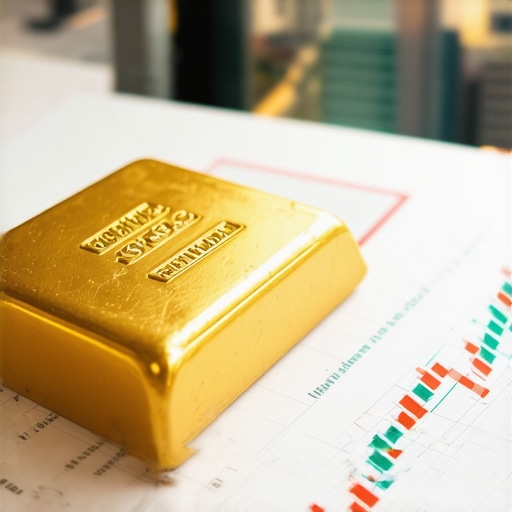
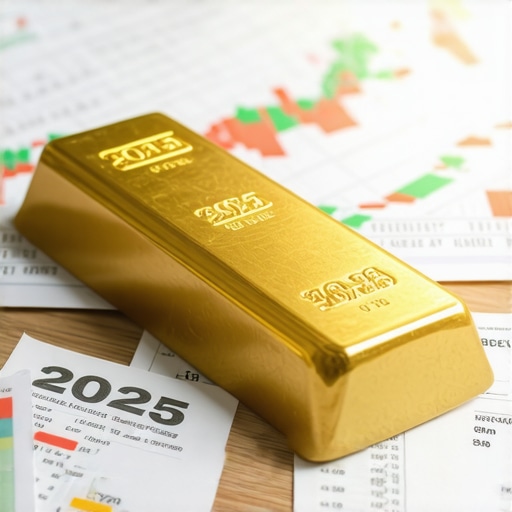

I completely agree with the post’s emphasis on the importance of understanding the underlying composition of gold ETFs and mutual funds. When I started investing in gold, I realized that funds heavily weighted in mining stocks can be more volatile but also offer leveraged gains during bull markets, whereas bullion-backed ETFs tend to be more stable. Balancing these types based on market conditions and economic cycles can significantly enhance your portfolio resilience. I’ve found that closely monitoring the geopolitical landscape and macroeconomic indicators, like interest rates and currency strength, helps me make more informed timing decisions.
Have others explored using alternative data, such as satellite imagery of mining activity or sentiment analysis on social media, to predict gold price movements? It seems like these tools could provide an edge in tactically adjusting gold holdings, especially during periods of heightened uncertainty or geopolitical tensions.